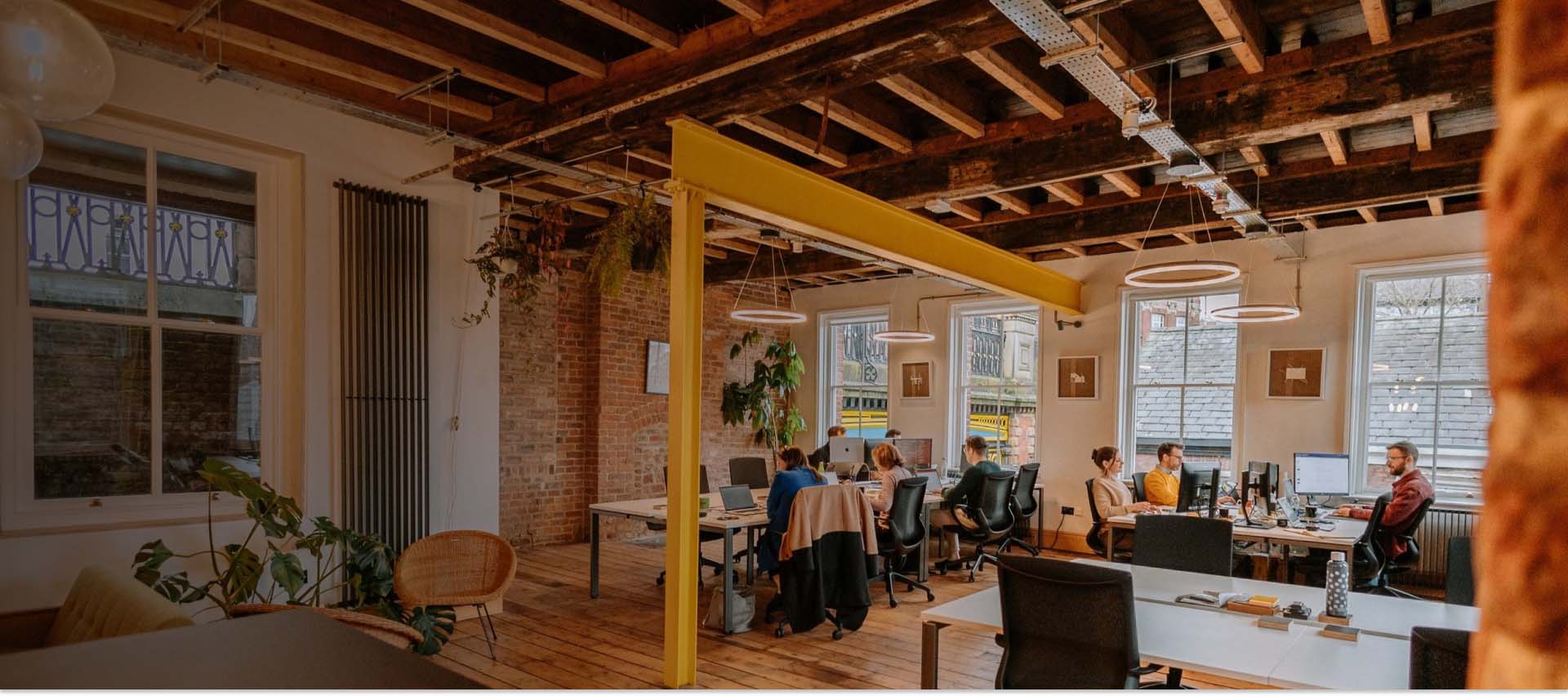
Maximising Workspace Efficiency: A Guide to Commercial Fit Outs
Maximising Workspace Efficiency: A Guide to Commercial Fit Outs
In today’s fast-paced business world, the efficiency of a workspace can have a profound impact on productivity, employee satisfaction, and ultimately, the success of your company. A well-designed office space not only enhances the overall work environment but can also save you time and money in the long run. This is where commercial fit outs come into play.
A commercial fit out involves the process of designing and renovating an office or commercial space to make it more functional, aesthetically pleasing, and tailored to the specific needs of the organisation. Whether you’re relocating to a new office, expanding your current space, or just looking to revamp your workspace, a well-executed commercial fit out can provide a range of benefits.

In this comprehensive guide, we will explore the key aspects of maximising workspace efficiency through commercial fit outs, including planning, design, and execution.
The Importance of Workspace Efficiency
Before going into the intricacies of commercial fit outs, it’s important to understand why maximising workspace efficiency is crucial for your business. A well-designed and efficient workspace can have several significant advantages:
- Increased Productivity:A workspace that is ergonomically designed and organized can lead to increased productivity among your employees. They can work more efficiently, with fewer distractions and obstacles to hinder their progress.
- Enhanced Employee Satisfaction:A well-planned workspace can contribute to higher levels of employee satisfaction. A comfortable, aesthetically pleasing environment can boost morale and reduce stress, resulting in happier and more motivated employees.
- Cost Savings:Efficient use of space can save you money. It allows you to make the most out of your existing real estate and may even enable you to downsize if you’re currently paying for more space than you need.
- Improved Collaboration:
The layout of your workspace can either encourage or hinder collaboration among employees. An efficient layout can promote teamwork and foster innovation.
- Reflecting Your Brand and Culture:
Your workspace is a physical representation of your brand and company culture. A well-designed office can help reinforce your company’s identity and values to employees and visitors.
Now that we’ve established the importance of workspace efficiency, let’s explore the process of commercial fit outs in detail.
The Commercial Fit Out Process
- Needs Assessment
The first step in any commercial fit out is to understand your organisation’s needs and objectives. This involves assessing your current workspace, identifying pain points, and determining what you want to achieve with the fit out. Consider factors such as the number of employees, departmental requirements, and any special needs (e.g., breakout spaces, meeting rooms, or storage).
- Budgeting
Once you have a clear understanding of your needs, you’ll need to establish a budget for the fit out. This budget should cover not only the cost of construction and materials but also design and project management fees. Be sure to allocate some funds for contingencies, as unforeseen issues can arise during the fit out process.
- Design and Space Planning
The design phase is where your vision for the space takes shape. Work with a professional designer or architect to create a layout that maximises space utilisation and aligns with your goals. Consider factors like workstation placement, lighting, color schemes, and furniture choices. Designing with the user experience in mind is key.
- Compliance and Permits
Check with local authorities to ensure your planned fit out complies with building codes and zoning regulations. You may need permits for certain modifications, so it’s essential to address this early in the process to avoid delays.
- Selecting Contractors and Suppliers
Choose experienced contractors and suppliers who have a track record in commercial fit outs. They will play a crucial role in executing the project efficiently and to your satisfaction.
- Construction and Execution
The construction phase is where your office transformation takes place. This can involve anything from minor cosmetic changes to significant structural modifications. Throughout this phase, effective project management is vital to ensure timelines and budgets are adhered to.
- Furniture and Fixtures
Select and install the appropriate furniture and fixtures according to your design plan. Make sure the furniture complements the overall aesthetic and serves the functional needs of the space.
- Technology Integration
In today’s modern workplaces, integrating technology seamlessly is vital. This includes IT infrastructure, AV systems, and other tech solutions that support your organisation’s operations.
- Testing and Quality Assurance
Before the fit out is considered complete, thorough testing and quality checks should be conducted to ensure that all systems, fixtures, and furniture are in good working order.
- Occupancy and Post-Occupancy Evaluation
Once the fit out is complete, move your employees into the newly designed workspace. Consider conducting a post-occupancy evaluation to gather feedback and make any necessary adjustments based on the experience and needs of your team.
Types of Commercial Fit Outs
Commercial fit outs can vary in scope and purpose. Here are the main types to consider:
- Category A Fit Out
This is a basic or “shell and core” fit out. It provides the essential structure of the space, including walls, floors, ceilings, and basic services like lighting and HVAC. Category A fit outs leave the space as a blank canvas for tenants to adapt to their specific needs.
- Category B Fit Out
A Category B fit out takes the basic structure provided in a Category A fit out and customises it to meet the tenant’s requirements. This involves design elements, partitioning, furniture, and branding to create a functional workspace.
- Turnkey Fit Out:
A turnkey fit out is an all-in-one solution where the fit-out company manages every aspect of the project, from design to construction. This can be a convenient option if you want a hassle-free experience, but it may limit your ability to have full control over the design.
- Green Fit Out:
For environmentally-conscious organisations, a green fit out focuses on sustainability and energy efficiency. It involves using eco-friendly materials, energy-efficient systems, and sustainable design practices.
For environmentally-conscious organisations, a green fit out focuses on sustainability and energy efficiency. It involves using eco-friendly materials, energy-efficient systems, and sustainable design practices.
Cost Considerations
Commercial fit outs can be a significant financial investment, so it’s crucial to manage costs effectively. Here are some cost considerations:
- Budget Allocation:
Allocate your budget wisely, ensuring that you have funds available for every aspect of the fit out, from design and construction to furniture and fixtures.
- Contingency Funds:
Set aside contingency funds for unexpected expenses or changes during the project. It’s advisable to reserve around 10-15% of your budget for contingencies.
- Value Engineering:
Value engineering involves optimising costs without sacrificing quality. Work with your design and construction team to find cost-effective solutions that meet your needs.
- Long-Term Savings:
Consider the long-term savings that a well-designed and efficient workspace can provide. While the initial investment may be significant, the improved productivity and potential space savings can offset these costs over time.
Maximising Efficiency Through Design
Effective design is at the core of maximising workspace efficiency. Here are some key design principles to consider:
- Open vs. Private Spaces:
Balancing open and private spaces is essential. Open-plan layouts can encourage collaboration, while private spaces are necessary for focused work and meetings.
- Ergonomics:
Design workspaces with ergonomics in mind. Provide adjustable desks and chairs, as well as appropriate lighting to enhance comfort and reduce physical strain.
- Natural Light:
Maximise the use of natural light, as it has been shown to boost mood and productivity. Incorporate large windows and glass partitions to allow for better natural lighting.
- Flexible Layouts:
Design with flexibility in mind. Furniture and partitions should be easily movable to adapt to changing needs or accommodate future growth.
- Colour and Aesthetics:
Choose colours and aesthetics that align with your brand and create a pleasant atmosphere. Consider the psychological impact of colours when selecting a palette.
- Branding and Identity:
Incorporate elements that reflect your company’s brand and culture. This can include artwork, logos, and company values displayed throughout the workspace.
- Sustainable Practices:
Implement sustainable design practices that reduce energy consumption and minimise environmental impact. This not only benefits the environment but can also lower operational costs.
Final Thoughts
A well-executed commercial fit out can be a game-changer for your organisation. It has the power to transform your workspace into an efficient, productive, and inspiring environment that not only benefits your employees but also reflects your company’s values and brand identity.
Remember that the process of commercial fit outs involves careful planning, effective design, and skillful execution. It’s essential to align your fit out with your organisation’s goals, culture, and budget. By following the guidelines and principles outlined in this guide, you can embark on a successful commercial fit out that maximises workspace efficiency and sets the stage for future success.
Related News


Stay Informed, Stay Inspired
Keep your finger on the pulse of modern workspace innovation
Follow Us On IG


